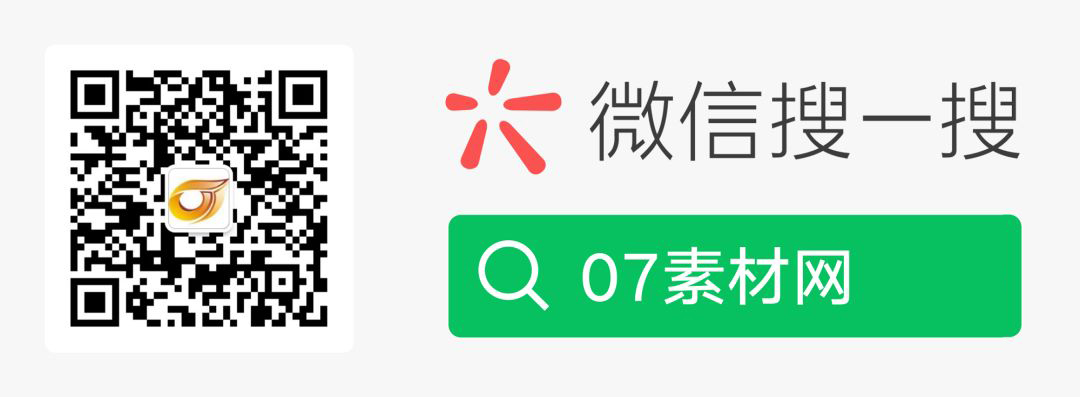在Web开发中,当后端返回文件流时,前端需要处理这个响应以触发文件下载。这通常涉及发送一个HTTP请求到后端,接收响应中的文件数据,并创建一个下载链接来触发浏览器的下载行为。以下是实现这一功能的常见步骤,使用JavaScript和Fetch API作为示例。
后端示例(假设使用Node.js和Express)
首先,确保后端能够发送文件流。以下是一个简单的Node.js/Express示例:
const express = require('express');
const fs = require('fs');
const path = require('path');
const app = express();
const port = 3000;
app.get('/download', (req, res) => {
const filePath = path.join(__dirname, 'example.txt'); // 替换为实际文件路径
const fileName = 'downloaded_example.txt'; // 客户端下载的文件名
const stat = fs.statSync(filePath);
const fileSize = stat.size;
const range = req.headers.range;
if (range) {
const parts = range.replace(/bytes=/, "").split("-");
const start = parseInt(parts[0], 10);
const end = parts[1] ? parseInt(parts[1], 10) : fileSize - 1;
if (start >= fileSize || end >= fileSize) {
return res.status(416).send("Requested Range Not Satisfiable");
}
const chunkSize = (end - start) + 1;
const file = fs.createReadStream(filePath, { start, end });
const head = {
'Content-Range': `bytes ${start}-${end}/${fileSize}`,
'Accept-Ranges': 'bytes',
'Content-Length': chunkSize,
'Content-Type': 'text/plain',
'Content-Disposition': `attachment; filename=${fileName}`
};
res.writeHead(206, head);
file.pipe(res);
} else {
const head = {
'Content-Length': fileSize,
'Content-Type': 'text/plain',
'Content-Disposition': `attachment; filename=${fileName}`
};
res.writeHead(200, head);
fs.createReadStream(filePath).pipe(res);
}
});
app.listen(port, () => {
console.log(`Server running at http://localhost:${port}/`);
});
前端示例(使用Fetch API)
在前端,你可以使用Fetch API来发送请求并处理响应。以下是一个使用JavaScript和Fetch API的示例:
<!DOCTYPE html>
<html lang="en">
<head>
<meta charset="UTF-8">
<meta name="viewport" content="width=device-width, initial-scale=1.0">
<title>File Download Example</title>
</head>
<body>
<button id="downloadButton">Download File</button>
<script>
document.getElementById('downloadButton').addEventListener('click', async () => {
const url = 'http://localhost:3000/download'; // 后端提供文件下载的URL
try {
const response = await fetch(url, {
method: 'GET',
headers: {
'Range': 'bytes=0-' // 可选:指定请求的文件范围,用于支持断点续传
}
});
if (!response.ok) {
throw new Error(`HTTP error! Status: ${response.status}`);
}
const blob = await response.blob();
const urlObject = window.URL.createObjectURL(blob);
const a = document.createElement('a');
a.style.display = 'none';
a.href = urlObject;
a.download = 'downloaded_example.txt'; // 设置下载的文件名
document.body.appendChild(a);
a.click();
setTimeout(() => {
window.URL.revokeObjectURL(urlObject);
document.body.removeChild(a);
}, 0);
} catch (error) {
console.error('There was a problem with the fetch operation:', error);
}
});
</script>
</body>
</html>
解释
后端:
- 设置了一个
/download路由,用于发送文件流。 - 根据请求头中的
Range字段,支持断点续传(可选)。 - 设置适当的响应头,包括
Content-Disposition以触发下载行为。
- 设置了一个
前端:
- 使用Fetch API发送GET请求到后端下载URL。
- 将响应转换为Blob对象。
- 创建一个隐藏的
<a>元素,设置其href为Blob对象的URL,并设置download属性为期望的文件名。 - 程序触发点击事件以下载文件。
- 清理:释放Blob对象的URL并从DOM中移除
<a>元素。
通过这种方式,你可以实现从后端发送文件流到前端并触发下载的功能。
学在每日,进无止境!更多精彩内容请关注微信公众号。

原文出处:
内容由AI生成仅供参考,请勿使用于商业用途。如若转载请注明原文及出处。
出处地址:http://www.07sucai.com/tech/158.html
版权声明:本文来源地址若非本站均为转载,若侵害到您的权利,请及时联系我们,我们会在第一时间进行处理。

